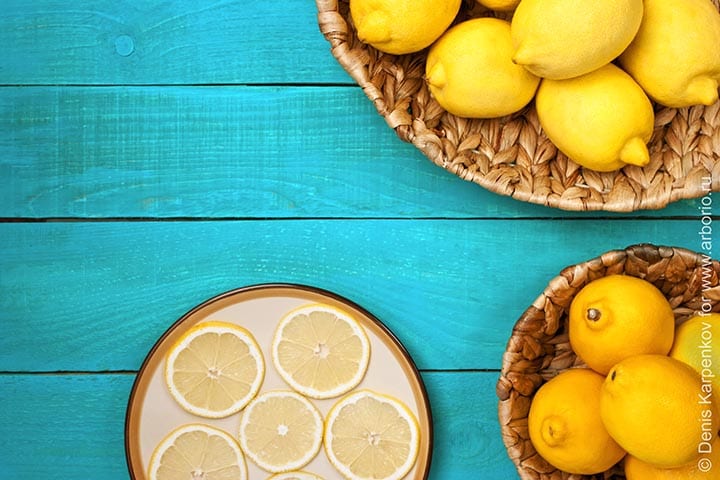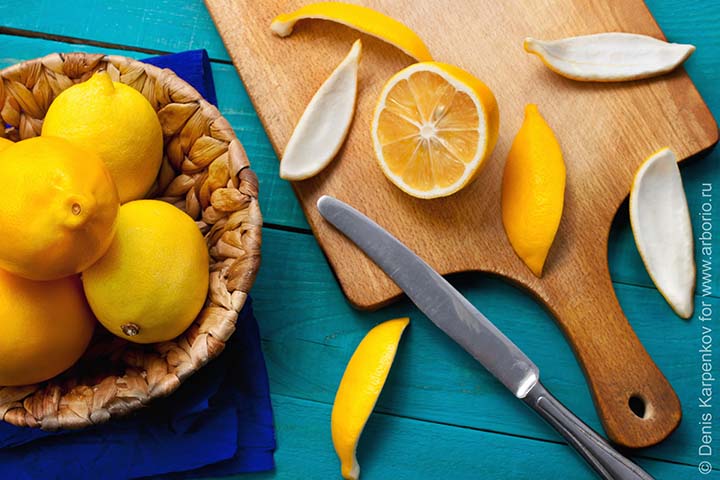The zest, that is, the outer layer of the peel – usually lemon or orange, less often other citrus fruits – is used in cooking quite often. Pies and desserts, fish and meat dishes, vegetables and cocktails – the taste of all this zest, if used wisely, can greatly ennoble and create a new dimension. But there are also a couple of subtleties that are worth knowing if you are going to use the zest as a condiment.






That, in fact, is the whole trick. You already knew all that, didn’t you? In this case, I cannot but touch upon the beneficial properties of the zest. As you might guess, there is more than enough usefulness in it: there is practically no fat and salt in the zest, but there is enough fiber and vitamin B6, and most importantly – the zest is a real storehouse of vitamin C. 6 grams of lemon zest added to baked goods provide 13% of the body’s daily need for this beneficial vitamin.


- Pickled olives
- Salad with pickled fennel and feta cheese
- Tom yum with shrimps
- Chicken kebabs
- Grilled mackerel fillet
- Thai green curry
- Ossobuko in Milan
- Zucchini tart
- Honey cinnamon buns
- Cottage cheese casserole
- Cake without baking
- Homemade cupcake
- Homemade mulled wine










